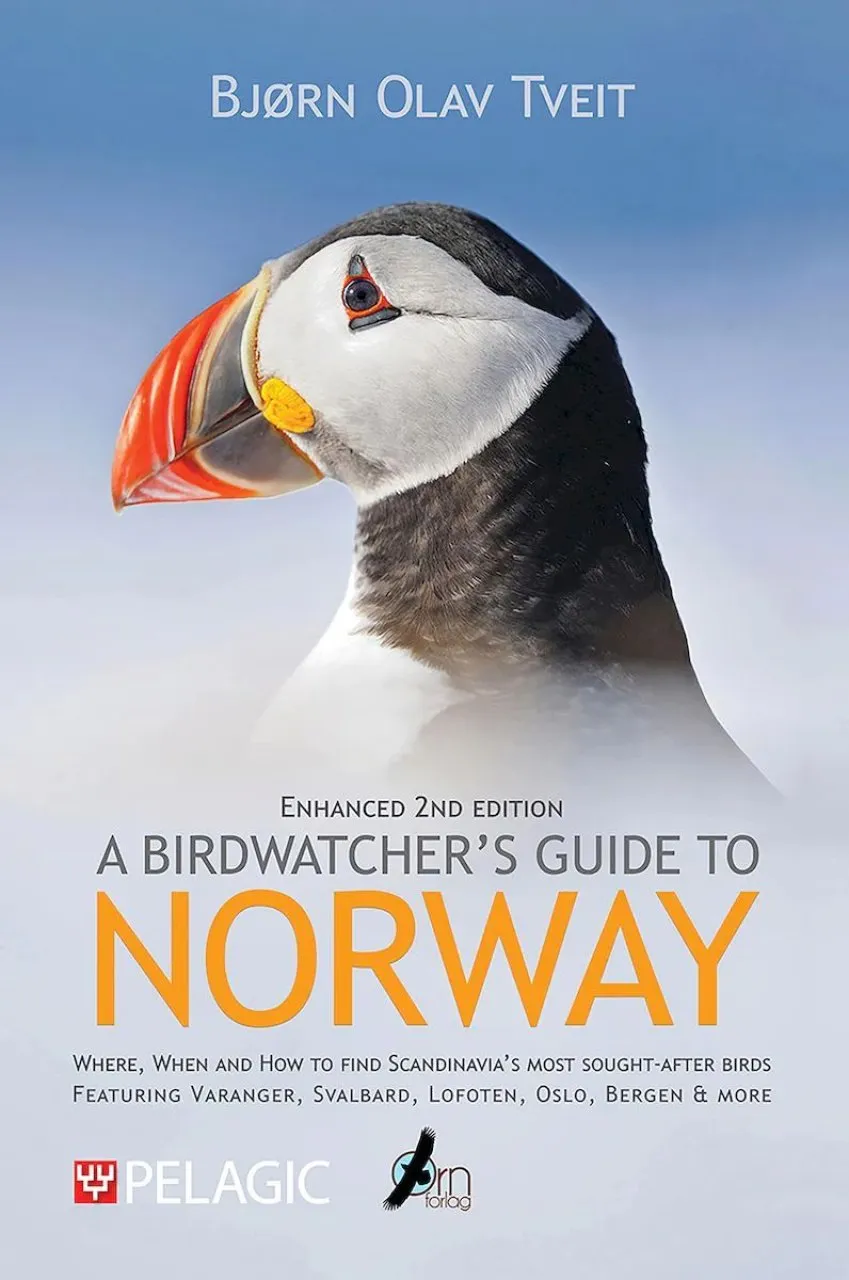 Norway is home to some of the most sought-after bird species in Europe, including the King Eider, Gyrfalcon, Capercaillie and Jack Snipe. A Birdwatcher’s Guide to Norway is the first guide to the birds of Norway and Svalbard, detailing over 350 of the best birdwatching sites in this country. The guide efficiently explains where and when to visit these sites, which species are present in each area, how to use tower hides and shelters, other animal species you may encounter and more. The upcoming second edition includes 265 photographs, 95 maps and comprehensive information about each site, this is an essential travel guide for anyone planning to birdwatch in mainland Norway or Svalbard.
Norway is home to some of the most sought-after bird species in Europe, including the King Eider, Gyrfalcon, Capercaillie and Jack Snipe. A Birdwatcher’s Guide to Norway is the first guide to the birds of Norway and Svalbard, detailing over 350 of the best birdwatching sites in this country. The guide efficiently explains where and when to visit these sites, which species are present in each area, how to use tower hides and shelters, other animal species you may encounter and more. The upcoming second edition includes 265 photographs, 95 maps and comprehensive information about each site, this is an essential travel guide for anyone planning to birdwatch in mainland Norway or Svalbard.
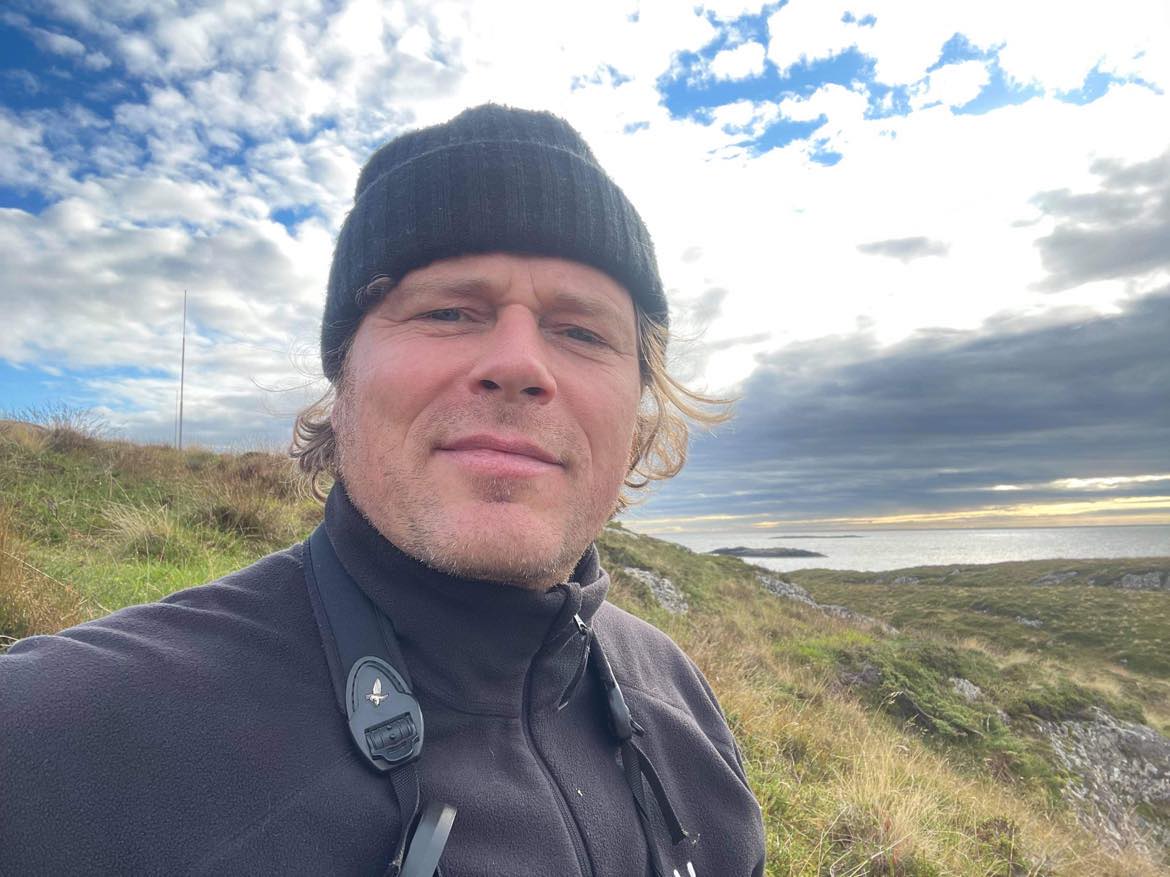 Bjørn Olav Tveit lives in Oslo, Norway and has explored many of the country’s best birding sites throughout his life. He is a long-standing member of the Norwegian Rarity Committee for Birds and acts as the nature conservation contact for his local BirdLife Norway division. He runs bird-spotting guided tours for nature enthusiasts, composes music, authors books and works for the Norwegian Ministry of Culture.
Bjørn Olav Tveit lives in Oslo, Norway and has explored many of the country’s best birding sites throughout his life. He is a long-standing member of the Norwegian Rarity Committee for Birds and acts as the nature conservation contact for his local BirdLife Norway division. He runs bird-spotting guided tours for nature enthusiasts, composes music, authors books and works for the Norwegian Ministry of Culture.
We recently had the opportunity to talk to Bjørn about how he became interested in birdwatching, what can be expected from the second edition of his book and more.
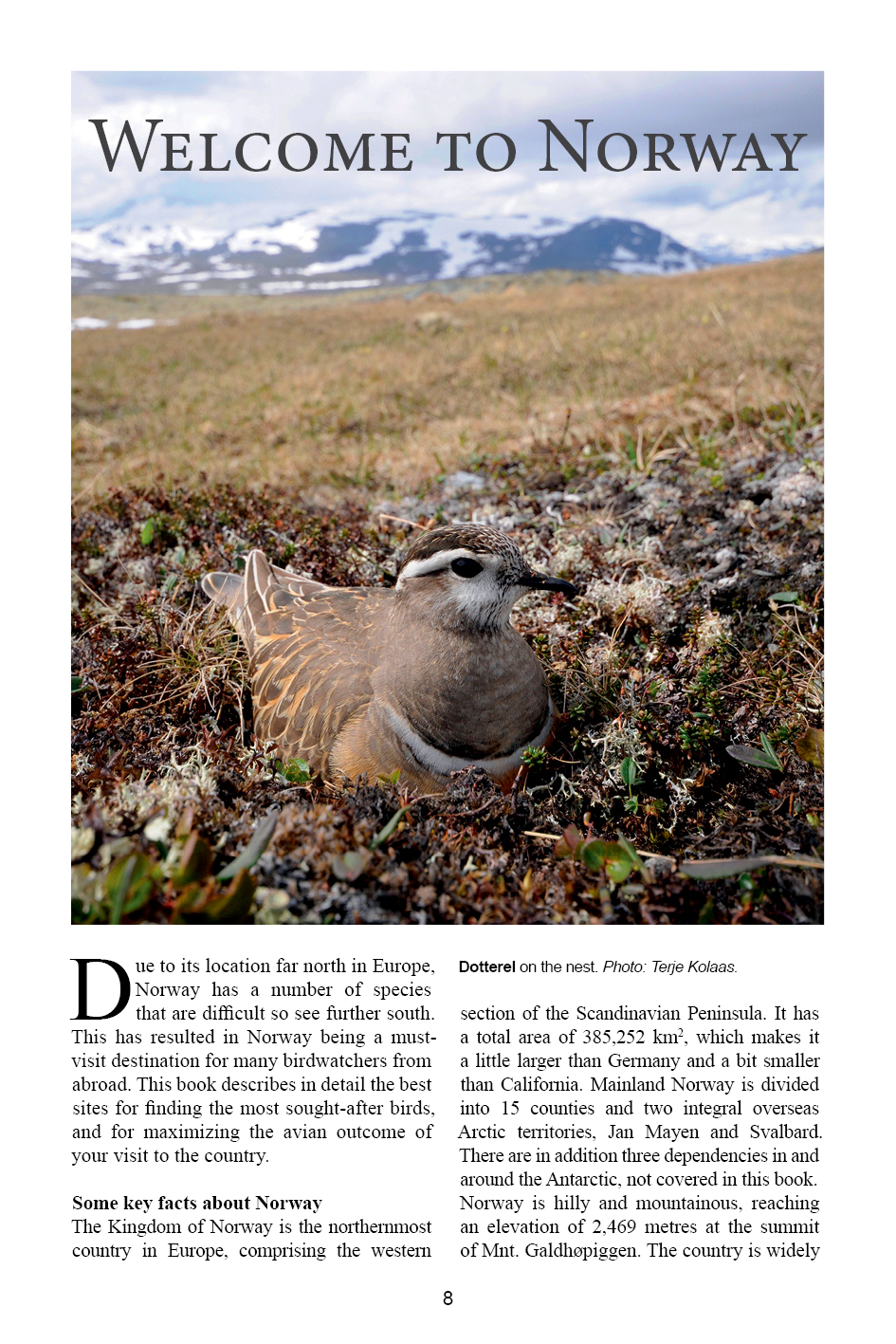 Firstly, can you tell us a little about yourself and how you got into birdwatching?
Firstly, can you tell us a little about yourself and how you got into birdwatching?
I have been an avid, Oslo-based birder since childhood, which is more than 40 years ago. When travelling abroad with my parents as a kid, I would lose myself in the birdwatcher’s site guides for that country or region, although I was puzzled by the fact that no such book existed for Norway. Rumours were that some older and more experienced birdwatchers were in the process of writing such a book, but the years went by, and it never materialised. Not only would I need the guidebook myself, as my activity range gradually expanded beyond Oslo, but also I was embarrassed on behalf of my country by the lack of such a guide. In my eyes, at least at the time, a birdwatching site guide defines a country’s identity and level of development. So, I decided to go forward and make the guidebook myself.
For anyone that enjoyed the first release of A Birdwatcher’s Guide to Norway, what can they expect to discover in this updated edition?
A lot has changed since the first edition came out 15 years ago. This change is most eye-catching in regard to Norway’s infrastructure: roads are improving and changing course; in some places, ferries have been replaced by bridges or tunnels; new tower hides have been built, and so, all maps and text have been updated accordingly. There have been quite a few changes in birdlife as well. For example, the Barred Warbler no longer breeds regularly along the Skagerrak coast, and the numbers of most cliff-breeding seabirds have greatly reduced to a point where e.g. Leach’s Storm Petrel is no longer expected on boat trips in Lofoten. On the positive side, the population of Rustic Bunting seems to be recovering, Red-flanked Bluetail is on the move into Norway, and Great Grey Owl now breeds regularly near Oslo. Furthermore, the book has expanded to a slightly larger format, allowing for more, easier-to-read maps and even more stunning images taken by some of the best photographers in the country.
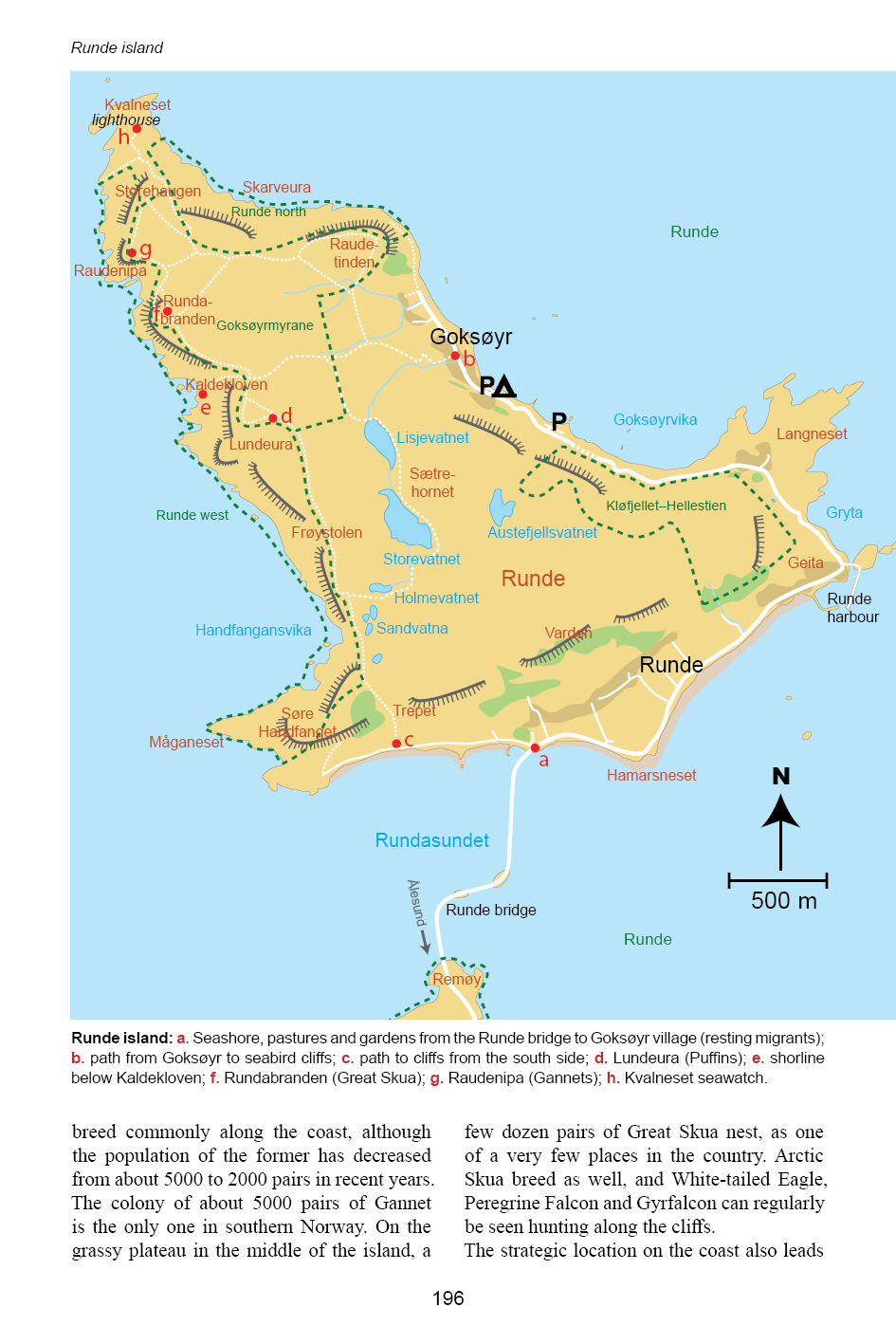
This book details over 350 birdwatching sites in Norway and Svalbard – what was your process in deciding which sites to include?
Based on my experience with guiding birdwatchers from abroad all over Norway, I have prioritised the sites that can produce the target species that birders from abroad tend to aim for. I have also included many all-round good birding sites, especially those situated close to larger towns or popular tourist attractions.
Can you share any stand-out birdwatching experiences during your research for this edition?
Oddly enough, making a birdwatching site guide is not easily combined with birdwatching! In the process, I first spent a lot of time at home, taking notes while reading trip reports and local bird magazines. Then I corresponded with over 100 local birdwatchers, who all helped me in various ways on picking the sites and giving me their opinion on how to get the most out of a birding trip in their area. Then I fired up the car engine and drove across Norway, double-checking all the theoretical information, with a focus on ensuring that a lone birdwatcher would be able to find the way and make the most of his or her birdwatching trip, solely with the help of this book. In order to visit all the included sites (and a few that were subsequently dropped), I couldn’t afford to spend as much time at each site as I would have liked to. All in all, the remarkable experience of travelling across Norway, taking in the spectacular scenery and variation in habitats and birdlife, was perhaps the most outstanding part of it all for me personally. I did see a lot of good birds along the way, though.
Fifteen years have passed since the first edition was published, and during this time environmental pressures have continued to increase for wildlife. Have you noticed any changes over this time that may illustrate these impacts?
I have witnessed a lot of negative impacts at several sites and areas, but at the same time, the general public in Norway has become gradually more concerned with nature preservation. By watching the reactions from people visiting the country from abroad, the locals have understood that they live in a country that is unique in terms of nature and wildlife. And so they have become prouder and more prone to taking better care of the environment. During the process of making this book, the environmentalist in me has been awakened to an even greater extent than before. I was particularly shocked by the urbanisation of my childhood local patch, Fornebu near Oslo, when I visited it for the first time in a long time during the making of this book. In the aftermath, I have been strongly engaged in preserving and enhancing the bird habitats there.
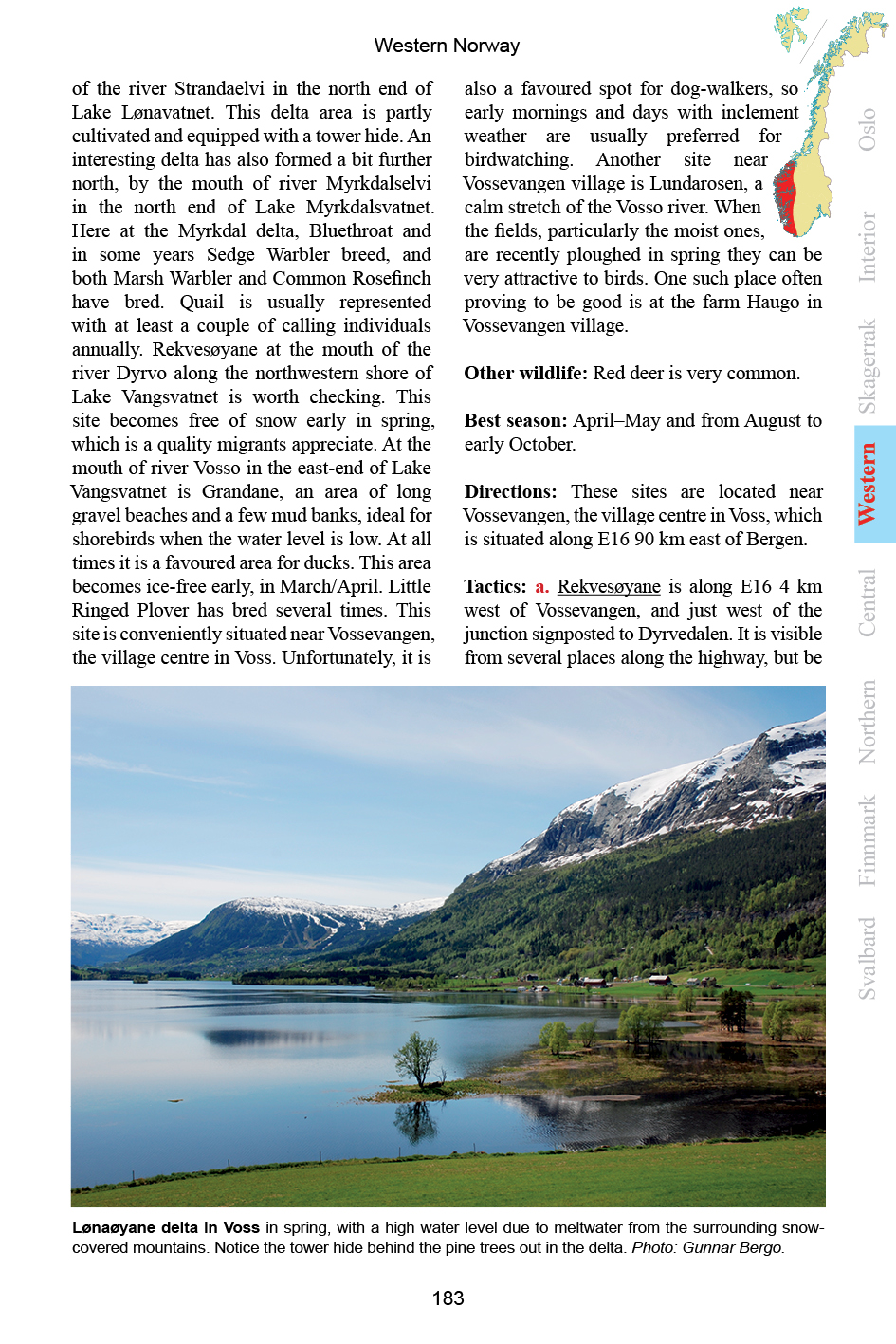
You mentioned observing a greater accessibility to birdwatching sites since the first edition. Are you anticipating any changes in bird behaviour resulting from this? And how can birdwatchers minimise disturbance to bird species?
One of the negative effects that birdwatching tourism may have on birds and habitats is the heightened disturbance caused by the increase in foot traffic. However, if you lead people along paths to designated hides, you reduce this risk. And you get the added bonus of getting to see the birds close up, without disturbing them. By doing this right, I hope even more people become interested in watching birds. I believe that increased awareness and interest in birds among the public is a key element in preserving birds and their habitats.
What’s next for you? Are there new books on the horizon?
I plan to make a third edition of the Norwegian version soon, because the English second edition is much better than the Norwegian one that I put out four years ago. And I have contemplated writing a book presenting the birds and sites in my home municipality west of Oslo. Furthermore, I have been waiting in vain for four decades on a book presenting the rare and vagrant birds of Norway… as the case was with the site book, maybe I will have to write it myself!
A Birdwatcher’s Guide to Norway is published by Pelagic is available to pre-order from our online bookstore.
